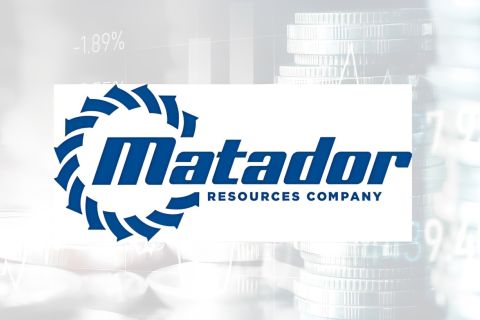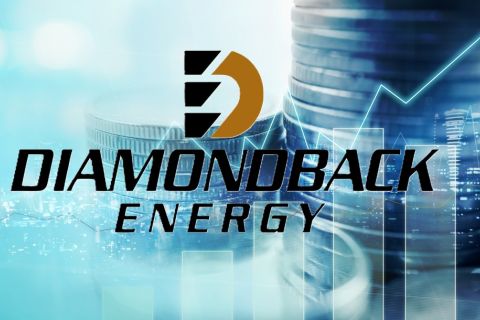
DNV released its recommended practice (RP) for shale gas risk management which it intends to serve as the foundation for a set of global standards for safe and sustainable shale gas extraction.
“The recommended practice looks at the total picture of shale gas risk management and as it combines current best practices and standards with a risk-based approach, it can serve as a common reference point and help bridge the gap between opposing views,” said Remi Eriksen, CEO of DNV Maritime and Oil & Gas in remarks at a presentation held on January 17 in Houston.
According to DNV, the RP serves as a reference document for the independent verification of shale gas projects and recommends using accepted international standards, guidelines, and industry best practices to mitigate shale gas risks.
The RP calls for the management process and procedures of the shale gas project to be built on a risk management framework and take into account specific considerations for shale gas activities. In addition, it recommends consistent monitoring prior to, during, and after operations. For example, it advises the carrying out of extensive baseline surveys prior to the commencement of any shale gas activities, with open disclosure of information gathered to all stakeholders, including the general public.
The public debate over the safety of hydraulic fracturing continues as shale gas exploration ramps up internationally.
"Industry can only glean public acceptance by implementing best practices to show that extraction can be done in a safe and responsible manner," Eriksen said. “Our objective is not to take a stand for or against shale gas development. What we bring to the table are systematics for a complex picture, quality assurance based on risk management principles combined with an objective third-party view.”
Based on functional requirements that define the main principles required to manage risk, the RP focuses on eight principles, including: management systems; safety, health, and the environment; well integrity; management of water and energy; infrastructure and logistics; public engagement; stakeholder communication; and permitting. According to the RP, its aim is to cover risk management issues that are particular for shale gas fields and does not cover issues related to what are considered normal gas field facilities.
Development of the framework occurred over 18 months and included collaboration with stakeholders as well as review of existing practices and guidelines. According to DNV, multiple organizations have already developed recommendations and guidelines, but a uniform set of global standards is needed.
“A complete framework for the safe and responsible development of shale gas does not exist,” Eriksen said. “We believe a unified standard will help build the trust and confidence between the shale gas industry and the public at large.”
DNV is seeking input on the RP from industry, regulators, NGOs, and other interested parties. The recommended practice can be downloaded from the DNV website at http://www.dnv.com/shalegas.
“Our mission with the practices is to establish a common understanding of applicable processes, tools, and methods for effectively managing the safety, health, and environmental risks associated with shale gas extraction development,” Eriksen said. “We think this will help build the trust and confidence between the shale gas industry and the public at large.”
Contact the author, Jennifer Presley, at jpresley@hartenergy.com.
Recommended Reading
Matador Stock Offering to Pay for New Permian A&D—Analyst
2024-03-26 - Matador Resources is offering more than 5 million shares of stock for proceeds of $347 million to pay for newly disclosed transactions in Texas and New Mexico.
CEO: Coterra ‘Deeply Curious’ on M&A Amid E&P Consolidation Wave
2024-02-26 - Coterra Energy has yet to get in on the large-scale M&A wave sweeping across the Lower 48—but CEO Tom Jorden said Coterra is keeping an eye on acquisition opportunities.
CEO: Magnolia Hunting Giddings Bolt-ons that ‘Pack a Punch’ in ‘24
2024-02-16 - Magnolia Oil & Gas plans to boost production volumes in the single digits this year, with the majority of the growth coming from the Giddings Field.
Endeavor Integration Brings Capital Efficiency, Durability to Diamondback
2024-02-22 - The combined Diamondback-Endeavor deal is expected to realize $3 billion in synergies and have 12 years of sub-$40/bbl breakeven inventory.
Exxon, Chevron Tapping Permian for Output Growth in ‘24
2024-02-02 - Exxon Mobil and Chevron plan to tap West Texas and New Mexico for oil and gas production growth in 2024, the U.S. majors reported in their latest earnings.





